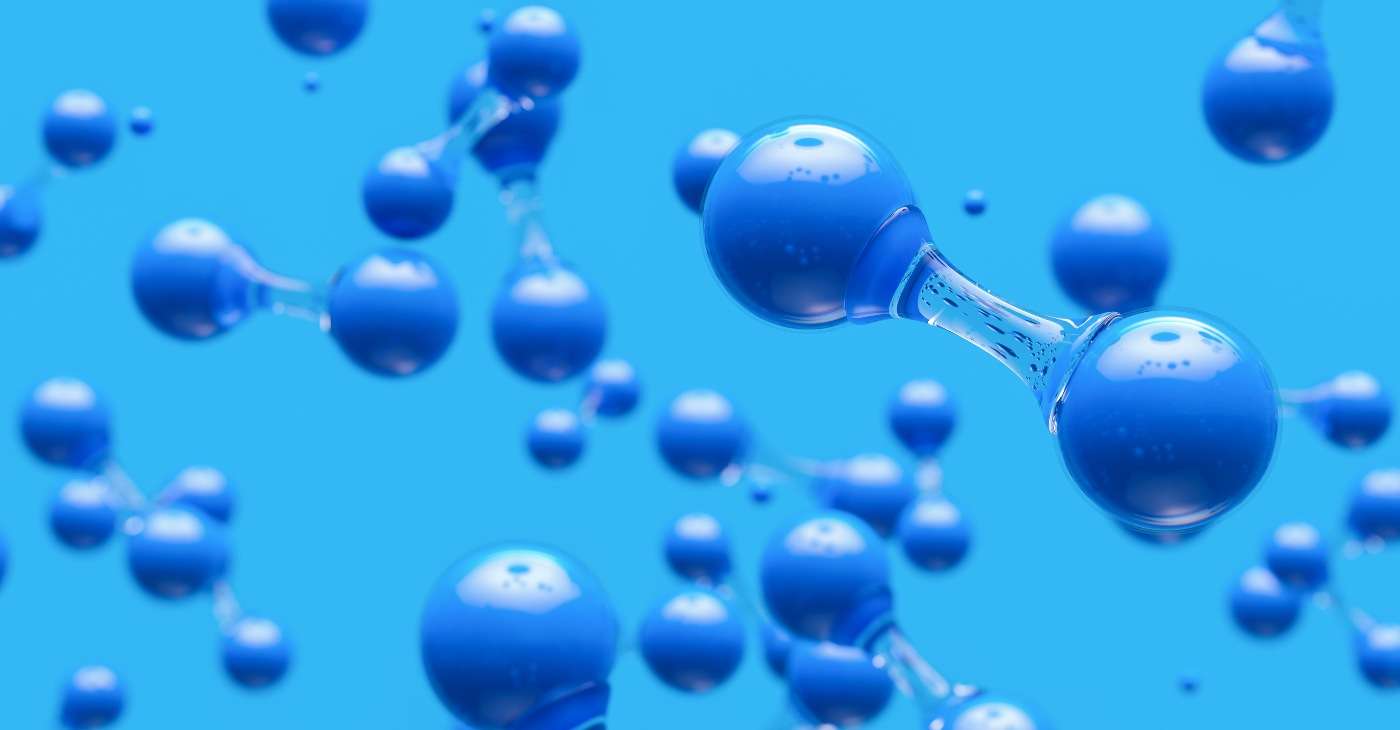This Portable EV Charger is a Game-Changer For Drivers Who Need to Plug-in
Priced at around the similar rate of a home charge, the ZipCharge Go removes a major barrier to EV ownership by letting people charge at home

An Australian company has invented a totally new electrolyzer to expand use of hydrogen fuel, which they say represents the first real revolution in the technology in 200 years.
Separating water into hydrogen gas and oxygen through electrical current, known as "electrolysis," is both the chief method behind green hydrogen energy, and expensive and inefficient.
Yet for long-haul trucking, steel manufacturing, and more, hydrogen could be the only input available in green energy's arsenal to replace petroleum products. The Swedish company SSAB is already making steel a bit greener by using hydrogen power to replace coal as a carbon input.
The Australian firm Hysata has changed the design of the major component to make the cost of pure hydrogen fuel competitive with fossil fuels by decreasing the heat and resistance generated through separating hydrogen.
"What we did differently was just to start completely over and to think about it from a very high level," Gerry Swiegers, Hysata's chief technology officer and a professor at the Univ. of Wollongong, New South Wales, told the Guardian. "Everyone else was looking at improving materials or an existing design."
In a scientific paper, published in Nature, demonstrating their new electrolyzer's potential, they first outline the problem with the old ones-namely that even state-of-the-art water electrolyzers typically require ~53â kilowatt-hours of electricity to produce 1âkg of hydrogen, which contains 39.4âkWh of energy: a deficit of ~12.
Before we can understand why that deficit exists, it bares a short explanation of how these devices work.
An electrolyzer consists of an anode and a cathode separated by a sponge-like membrane. H2O is sent into the anode, where its electrons are stripped and turned into electricity, powering whatever it's connected to. Its positively charged protons then cross through the membrane into the cathode, where oxygen is pulled into. There, the protons, reunited with their electrons post-electricity harvest, combine with the oxygen to form water and heat: the only emissions.
Where Hysata break from long tradition is that in their electrolyzer's circular shape, the hydrophilic membrane sits immersed only a little in an electrolyte reservoir in the same place as where the water enters. The membrane continuously pulls up the water and the electrolyte in steady amounts that allow electrolysis to occur without the formation of hydrogen gas bubbles typical of electrolyzers which house the anode and cathode entirely within the hydrogen reservoir.
These gas bubbles block physical access to the catalyst on the anode and cathode, reducing efficiency. The elimination of the gas bubble problem results in Hysata's efficiency rate of 95%, or 41.5 kWh per kilogram of hydrogen.
Hysata aren't just scientists however, and the economics of their electrolyzer make sense. The membranes are easy to manufacture and the process can be automated at scale.
The International Renewables Energy Agency set a target of 2050 to invent new methods of electrolysis that will reduce the kWh required per kilogram produced to 42. Hysata are now the only entity on Earth to have achieved that, and if a long-haul trucking sector required 1 million tons of hydrogen per year, generating that with Hysata's technology would save $3 billion.
GREEN UP Those News Feeds With the Good News…
Be the first to comment